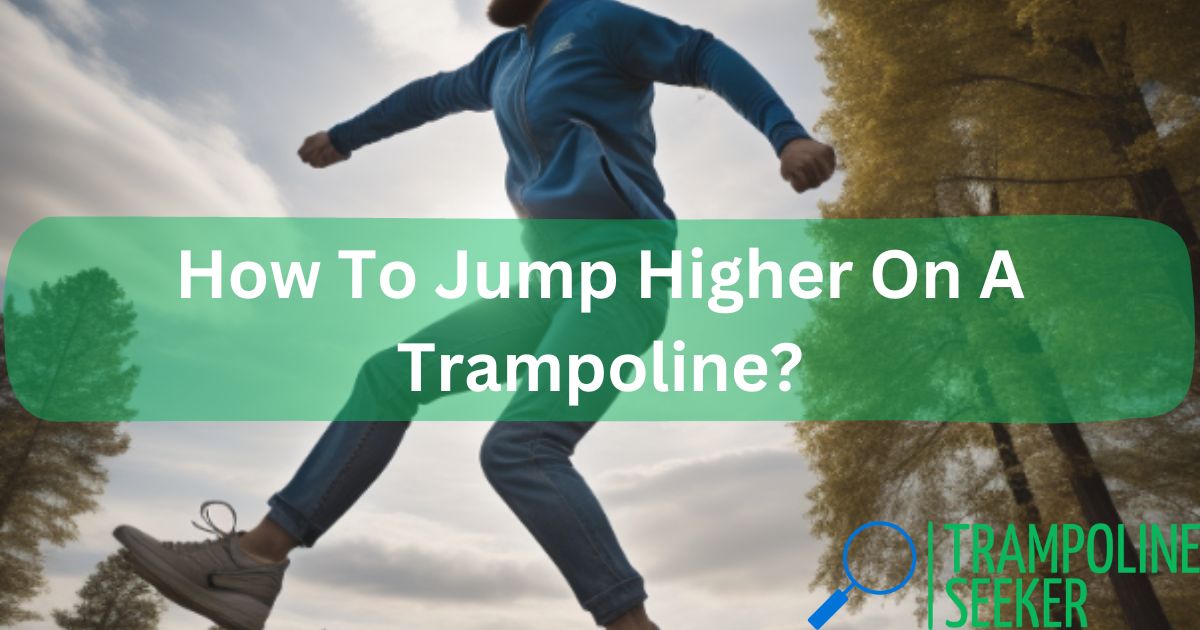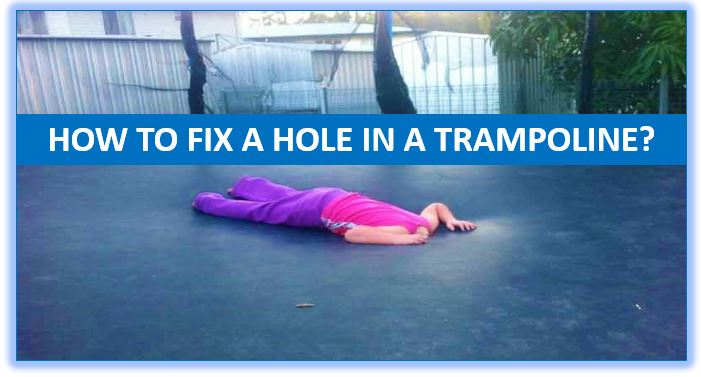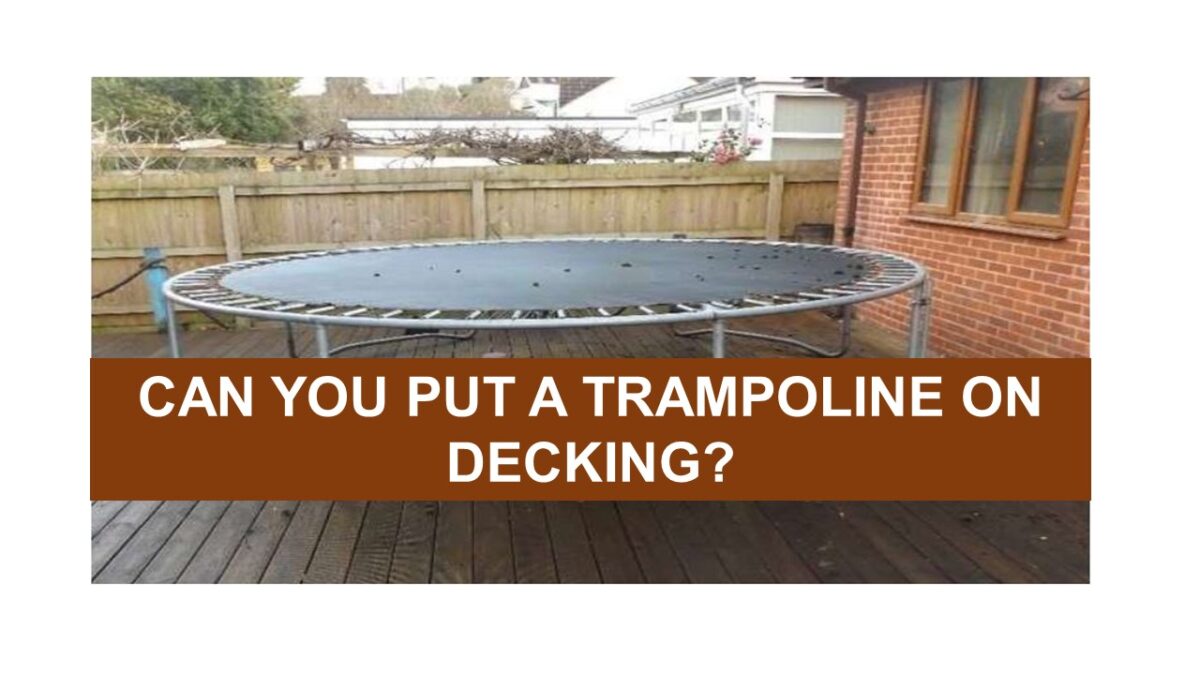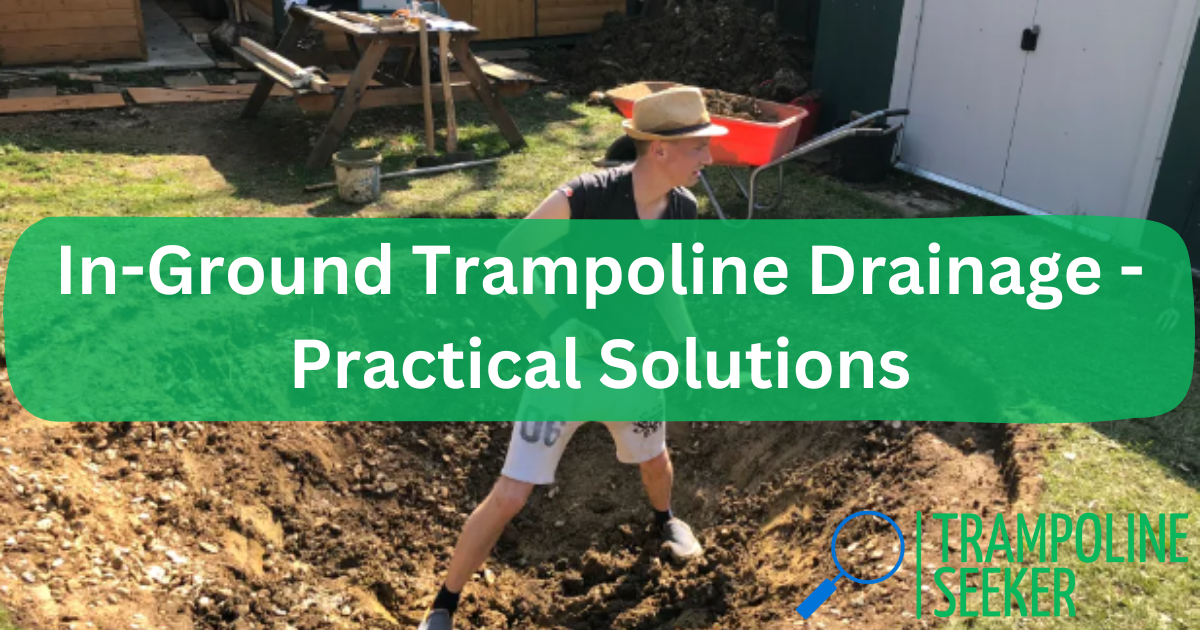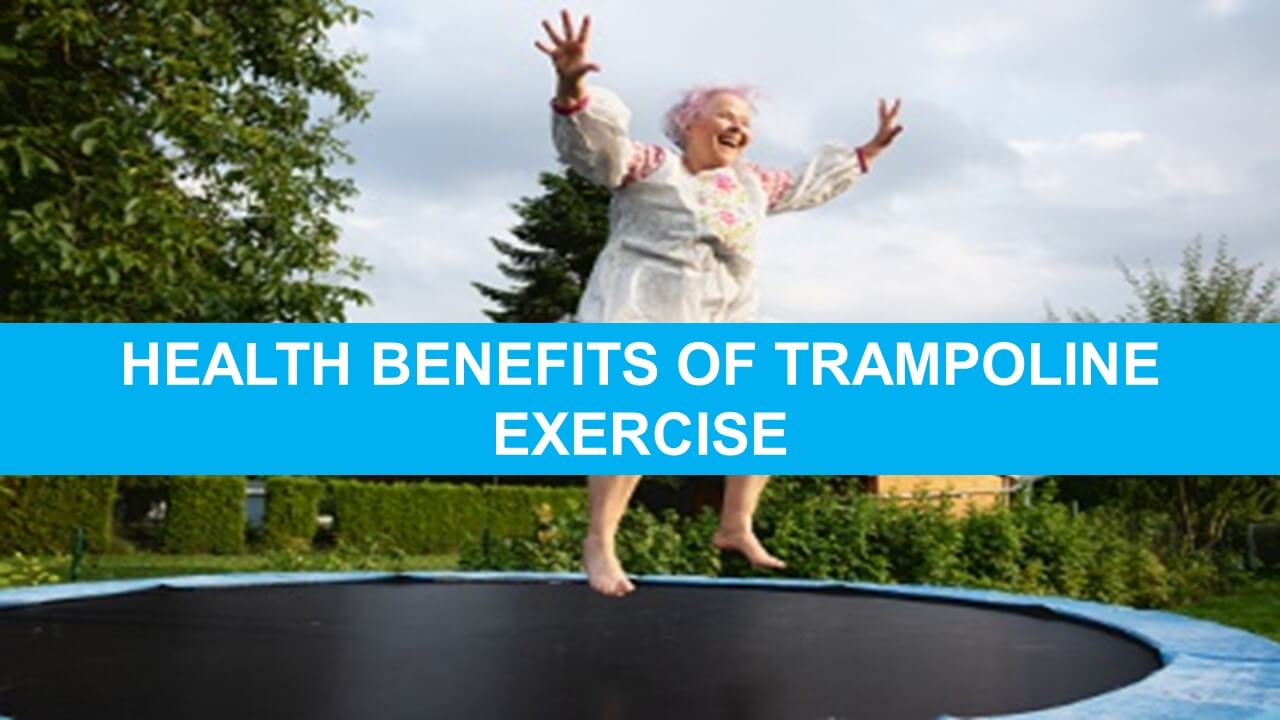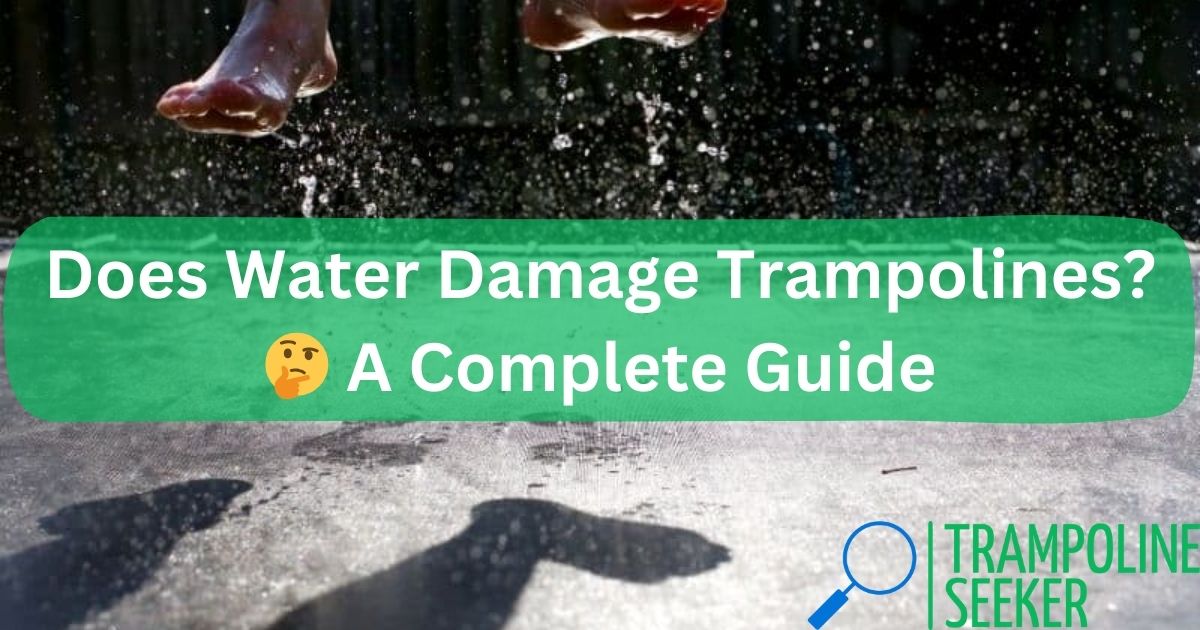As a parent of two young children, safety is my number one priority. I’m constantly researching the latest recommendations to ensure my kids avoid injury. Naturally, when my 3 year old asked for a trampoline for his birthday last month, safety concerns jumped to mind. Are trampolines actually safe for toddlers? I dug into the details so you don’t have to.
My Verdict After Analyzing The Research
After comparing evidence from pediatric experts and injury data, trampolines pose serious risks for children under 6 years old that should not be ignored. Their bones and bodies are still developing, making them prone to fractures and long-term damage from repetitive jumping impact. While supervision, safety features, and training reduce the hazard, avoiding toddler trampoline use altogether is the safest choice.
Why Trampoline Safety Matters, Especially For Little Ones

- Rather than bounce houses and amusement parks, backyard trampolines caused the majority of these injuries
- Toddlers and children under 6 were the most frequently harmed age groups
- Common trampoline injuries in young kids include broken bones, sprains, spinal injuries, and concussions
- Pediatric orthopedic experts universally agree trampolines should be avoided until age 6
These alarming statistics and trends demonstrate why analyzing trampoline risks for early ages is so critical. While supervision and precautions make recreational trampoline use safer for older children, developing bodies remain vulnerable.
| Age Group | Safety Recommendation from Pediatric Experts |
|---|---|
| Under 6 years | Avoid trampoline use altogether |
| 6-16 years | Supervise and use safety precautions |
Examining The Evidence On Trampoline Safety For Young Kids

As a safety-focused parent, I dug into the research before making a decision for my family. Here’s an overview of evidence on risks of early trampoline use from pediatric orthopedics experts and injury data:
1. High and Repeated Impact Places Stress on Developing Bones
According to our pediatric orthopedic surgeon, repetitive trampoline jumping places intense pressure on toddlers’ soft and fragile bones. Their skeletal systems aren’t developed enough to withstand such forces. This makes them prone to fractures and breaks in their legs and arms.
For example, one 3 year old boy described in my research broke his femur – the strongest bone in the human body – after jumping at an indoor trampoline park.
2. Lasting Effects On Growth Plates and Joints
The pressure placed on growth plates and joints during continuous trampoline bouncing also worries me. These areas are still maturing in toddlers between ages 3-6 years, meaning damage can cause lasting problems.
3. High Risk of Falls and Loss of Control
Very young children lack full control and balance while jumping. This makes uncontrolled landings, missed jumps onto the mat edge, and falls more likely. All situations where broken bones, head/neck injuries, or concussions can occur.
And while netted backyard trampolines sound safer, experts warn they give parents a false confidence. Data shows negative outcomes happening frequently even with protective padding and barriers meant to prevent falls.
4. Trampoline Parks Specifically Market to Toddlers
My jaw nearly hit the floor reading about indoor trampoline parks hosting dedicated toddler jumping sessions. How could an activity pediatric experts unanimously call unsafe for that very age group be actively promoted toward them?
This startling reality demonstrates the importance of parents like you and me doing our own digging into safety recommendations. Relying solely on assumptions – or even marketing materials – about what ages can handle trampoline play is clearly risky.
5. Prevalent Misconceptions On Toddler Trampoline Safety
Many parents simply believe with supervision, lessons, and protective equipment in place, toddler trampoline injuries won’t happen to their child. But data shows even with precautions, broken bones and other harms remain common in this age group.
The takeaway? Trampolines pose inherent physical risks to developing bodies that no amount of safety measures can fully overcome.
Myth 1: With Training, 3 Year Olds Can Use Trampolines Safely
Reality: Improper landings, falls, and lost balance causing harm remains likely.
Myth 2: Protective Padding and Nets Prevent Injury
Reality: Data shows injuries happening frequently even with barriers in place.
Myth 3: Toddler Trampoline Times at Parks Are Safe
Reality:Pediatric experts explicitly warn against trampoline use under age 6.
The Verdict: Avoid Until Age 6 For Safety
Ultimately, the consensus among pediatric orthopedic surgeons and injury statistics paints a clear picture:
Toddlers and children under age 6 should avoid trampoline use altogether due to vulnerable bone development.
While supervision, training, and equipment make trampolines safer for older ages, developing bodies remain at high risk for harm. For parents wanting toddler bouncing fun, low-impact mini trampolines are the safest alternative.
Healthy Toddler Play Alternatives To Trampolines

As an active mom of two, I get the challenge of keeping young kids occupied with healthy physical outlets. If your toddler begs to jump like their older siblings, safer options exist offering movement without injury risk.
🤸 Low-impact mini trampolines with handlebars allow short bouncing sessions without harming fragile growth plates. Look for minimal springs and padding covering the frame.
🏐 Games of catch remain tried and true classics for a reason. Tossing soft balls back and forth builds coordination without repetitive stress.
🏊 Let little ones burn off energy splashing around with water toys outside. Fill kiddie pools just a few inches deep for safe summer fun.
🚴♂️ Strider bikes lacking pedals allow kids as young as 1 year old to learn balance and steering. Toddler bike helmets keep their developing heads safe.
🧗♀️ Indoor playgrounds with padded floors and kid zones catered toward toddler abilities provide a place to climb, crawl, and bounce safely.
The American Academy of Pediatrics confirms these types of play pose little physical risk while helping coordination and fitness. Trampolines may seem tempting for high-flying excitement, but patience until age 6 pays off through avoided injury.
Final Thoughts: Toddler Trampoline Use Remains An Avoidable Risk
As parents, keeping our kids safe will always come before fun when risks run too high. My deep dive into trampoline recommendations for early ages made their hazards clear despite the popularity of backyard and indoor options. Toddlers between ages 3-6 simply face unavoidable injury risks that no protective measures fully prevent. Their developing bones and joints remain vulnerable to fractures, sprains, and developmental issues with overuse.
While supervision, training, and safety gear reduce risks for older children, avoiding trampolines until age 6 remains the safest approach. Plenty of healthy, low-impact activities like playgrounds, catching games, and kiddie pools give little ones exercise without endangering their growing bodies.
Have you been debating trampoline use for your young child after seeing backyard setups or indoor parks? Now that you know the alarming injury data and unambiguous expert recommendations, I hope putting off play until age 6 makes sense. As parents, keeping all kids safe – especially fragile toddlers – will always take priority over any fleeting excitement. Their long-term health deserves our patience and caution.
Frequently Asked Questions
Is it ok for a 4 or 5 year old to use a trampoline?
No. Pediatric orthopedic experts unanimously recommend avoiding any trampoline use under age 6. Their bones and bodies remain vulnerable to harm from repetitive impact before then.
What if my child is really coordinated and agile already?
It’s still not worth the risk. Growth plates and developing joints face overuse and stress injuries regardless of skill. Any loss of balance ending in an awkward landing also risks harm. Wait until age 6 as recommended across organizations like the AAP.
Are indoor trampoline parks safer than backyard ones for young kids?
Unfortunately no, the statistics show similar injury rates. Falls, collisions, and awkward landings happen frequently regardless of setting. Parks actively marketing toddler times also demonstrates the motivation for profit over safety in many situations.
If I purchase a trampoline with safety pads, nets, and supervision, is some bouncing ok?
The research says even with every protective measure in place, toddlers and children under 6 sustain alarming rates of musculoskeletal injuries and fractures. Their developing bodies can’t withstand repetitive impact forces safely before age 6 under any circumstances.
What about mini or ‘toddler’ trampolines – are those safe?
Potentially under strict limits, yes. The AAP recommends mini trampolines with handlebars that have very little spring or bounce action as safer alternatives. This allows limited exercise without stressing growth plates in limbs or the spine’s developing vertebrae. Staying under 30 minutes total per day avoids overuse issues too. But any full-sized or standard recreational trampolines remain unsafe until age 6.
Articles You May Like to Read:



